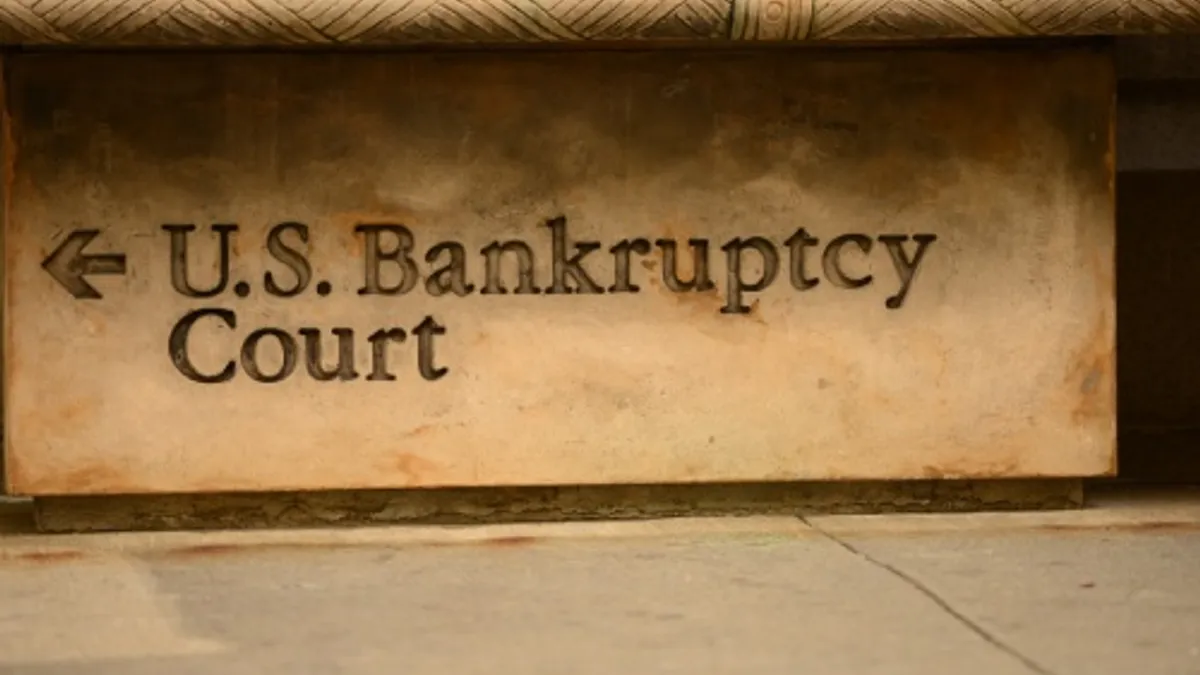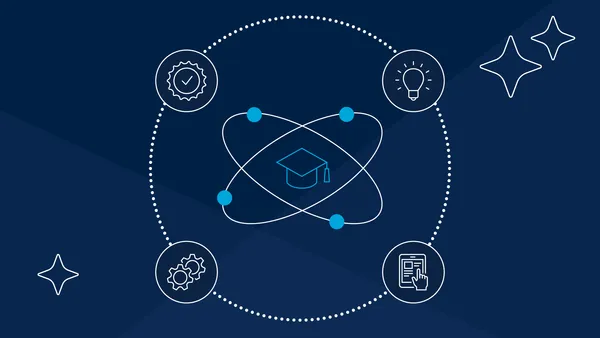EdX President Anant Agarwal kicked off TransformingEDU — the International CES’ education conference, formerly known as HigherEdTech — with a keynote Thursday that predicted what the campus of the future would look like.

If you did a double take, don’t worry. You read that right. The man behind one of the “big three” MOOC providers still sees a future for physical campuses, an idea that flies somewhat in the face of predictions made by Udacity founder Sebastian Thrun, who recently said he sees college fitting into a weekend and his MOOC provider, which is for-profit, shifting its focus to vocational learning.
It’s worth noting that EdX is the only nonprofit among the "big three," which also includes Coursera. Its platform is also completely open source, meaning anyone — even competitors — can download the code and build their own course platforms. Stanford has done this, as has the French Ministry of Education, which launched France Universite Numerique (FUN) in October, and Jordan’s Queen Rania, who launched Edraak in November.
That’s not to say edX gives away everything for free. There are still paid ID-verified certificates of achievement, as well as an Xseries certificate for mastering an entire program of courses, but that should be expected.
That learning will change should also be inevitable. It is already doing so, for better or worse. So what does Agarwal see in his proverbial crystal ball when it comes to the physical campus, and how do MOOCs fit into it? Here are three ways massive open online learning will shape (and is already shaping) the campus of tomorrow.
MOOCS WILL FACILITATE BLENDED, ACTIVE LEARNING ENVIRONMENTS…
Perhaps the biggest elephant in the room in any discussion of this sort is the traditional lecture. Is lecturing at students “sitting in neat little rows like cornstalks” really the most effective way to educate them? Research says otherwise, that humans learn from doing and not just listening. Still, this manner of teaching remains essentially the norm.
“People want information in bite-size chunks,” Agarwal notes when discussing student engagement for lecture videos. The company’s research shows that around 6 to 8 minutes is the peak length for student engagement. Any longer than that, and it’s all downhill from there.
Delivering that information in smaller chunks isn’t enough, though. Engaging students with instant feedback and gamification elements improves the learning process. Harvard’s “Science of Cooking” course, for example, includes a simulation to teach physics, chemistry, and more through cooking. But how exactly do these tools impact campus learning?
When San Jose State University experimented with edX, they used the MOOC provider’s circuits and electronics course to flip the classroom, having students watch videos and do exercises outside of class. Class time was used for discussion and working on exercises in small groups. The course was required for all engineering majors at San Jose State and traditionally had a failure rate around 41%. Between Spring and Fall 2012, that number dropped to 9%.
This isn’t the only example where making learning flexible and allowing students to learn at their own pace was effective. At MIT, 2,100 of 4,500 classes now use a blended model, and when Prof. Michael Cima experimented with incorporating online assessments with instant feedback into his solid state chemistry course, freshman receiving a “fifth-week flag” dropped from 29 in 2012 to 2 in 2013.
…AND INSTRUCTORS AREN’T ABOUT TO BE REPLACED BY THEM
With technological innovation in any industry comes the somewhat reasonable concern that one’s job could be replaced by a computer or robot. Still, Agarwal says that isn’t the case, nor is it his goal.
Another of the schools edX has worked with is Massachusetts’ Bunker Hill Community College, where professor Jamie L’Heureux and a co-instructor taught a class on the Python programming language. As one of Agarwal’s slides points out, L’Heureux, praising the blended format has been quoted as saying, “My students would have never got through the course without our hands-on help and in-class support and project work.”
So instructors do still have a role to play in instructional support, guidance, and mentoring — but TAs might not be so lucky. Since students tend to help each other more in MOOCs, even to the point that they’re appointed “community TAs,” fewer “official” TAs are needed, Agarwal said.
MOOCS PROVIDE VALUABLE DATA FOR IMPROVING CAMPUS LEARNING
“At edX, we gather all of the data on the platform,” Agarwal said. “I like to think of it as a particle accelerator for learning.” The company has several researchers mining the data to find out how students learn, and how that process can be improved.
“You always wonder, ‘Is homework a good thing?’” he said, beginning an example while noting that his son, a sophomore, always tells him that homework is useless and never helps. However, edX data from the circuits course showed that the more time students spent on that homework, the better their overall performance. Yes, it’s probably a given to most educators, but Agarwal added, “I would like professors to show this curve before any course and tell [students], ‘Look, history shows if you spend more time on your homework, in the past, people have done better on exams in the overall course.’”
Perhaps more interesting is the research on student engagement with instructional videos based on length. “Videos [on edX] range in length from one minute to, believe it or not, an hour,” Agarwal said.
“If the video is 15 to 40 minutes long, students watch it for maybe two or three minutes. So the professor, he can go in and have a punchy one-hour video, and students will watch it for two or three minutes. Whoop-dee-doo.”
While much of the MOOC disruption focus has been focused on how this new learning tool could spell the end of the university and on-campus learning, this isn’t necessarily the case. Agarwal and edX are at least partially focused on using the technology to facilitate campus-based learning as opposed to ending it, which should give many in higher ed a sigh of relief, if not a renewed interest in what it can do for them.
Would you like to see more education news like this in your inbox on a daily basis? Subscribe to our Education Dive email newsletter! You may also want to read Education Dive's look at why 6 colleges are cutting tuition.





















